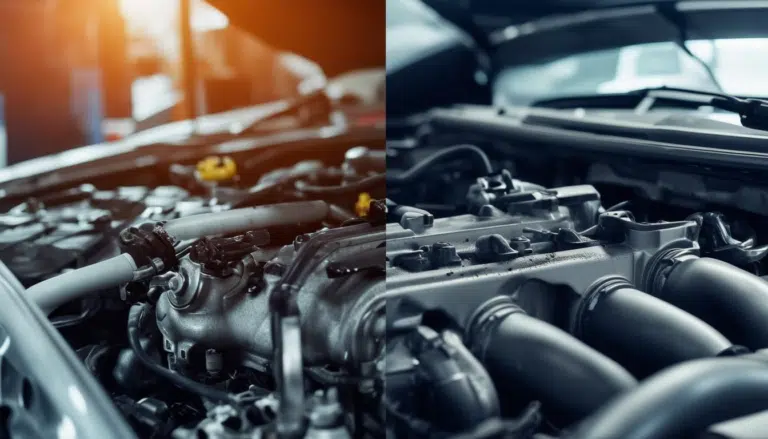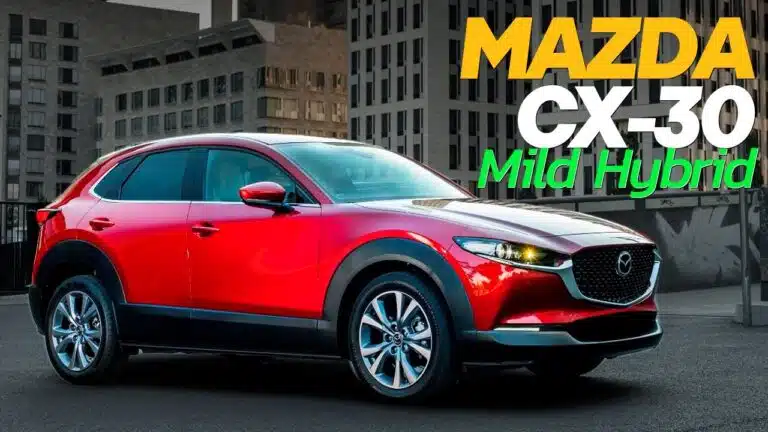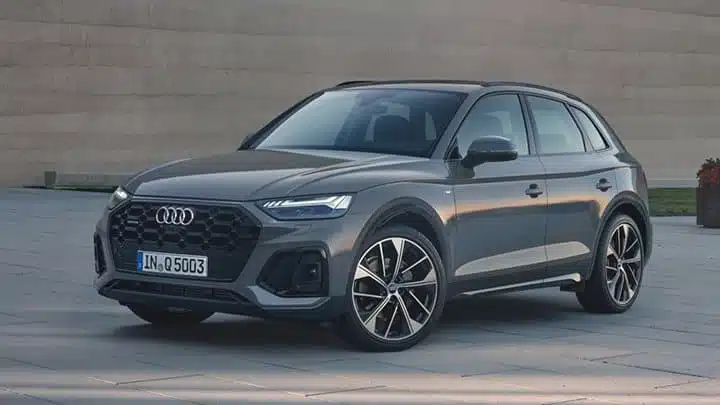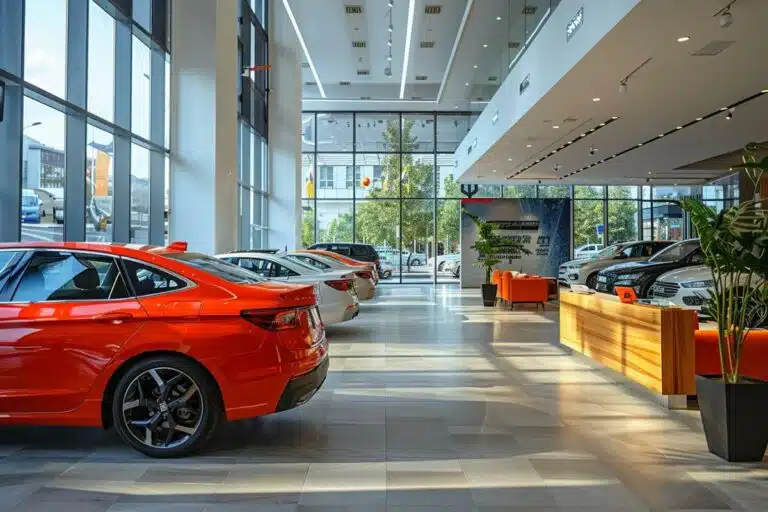Cero emisiones en la conducción: Is it really feasible?
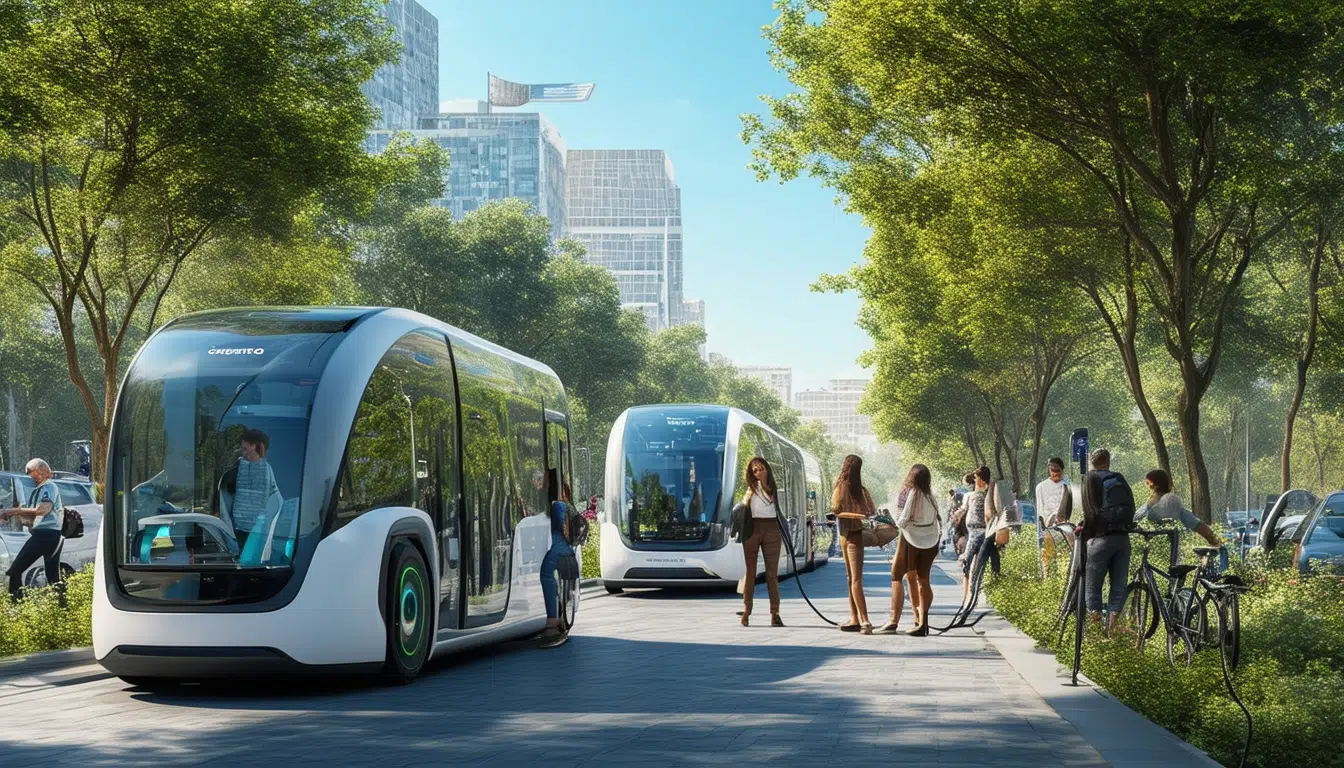
In an increasingly environmentally conscious world, the notion of zero emissions in driving captures public and corporate attention. However, the question arises: is it really feasible to achieve this goal? As technology advances, we explore the different alternatives and their implications, facing the reality of sustainable mobility. The search for innovative solutions leads us to question the future of our transportation and the impact these decisions will have on the planet.
The quest for sustainable mobility has led many to wonder if it is possible to achieve driving with zero emissions. This article explores various current and future technologies that could make this idea viable, as well as the environmental challenges that must be addressed to make pollution-free driving a reality. From electric vehicles to hydrogen use, and even shared mobility, we will analyze whether we are truly on the path towards a future without harmful emissions.
Understanding the concept of zero emissions in driving
What does zero emissions really mean?
Zero emissions refers to the total or nearly total elimination of pollutant emissions associated with transportation. This includes not only direct emissions from vehicles but also those related to their production, use, and disposal. The concept goes beyond simple electrification; it includes a holistic approach that seeks to minimize environmental impact throughout the vehicle’s life cycle.
The historical impact and evolution of thought
The idea of reducing pollutant gas emissions is as old as the automotive industry itself. Since the energy crises of the 1970s, interest in cleaner alternatives has increased. Evolutionarily, we have seen how technologies have advanced, from the first hybrid vehicles to fully electric models, seeking ever more solutions to reduce carbon footprints.
Current technologies for clean driving
Hybrid vehicles
Hybrid vehicles are one of the first solutions that have emerged to reduce emissions. They combine an internal combustion engine with an electric motor, enabling drivers to opt for cleaner driving, especially in urban environments. This option balances the need for range with the reduction of carbon dioxide (CO2) emissions.
Electric vehicles: the immediate future
Electric vehicles have captured the public’s imagination as a key alternative to achieving zero emissions in driving. Their operation with no direct emissions of greenhouse gases represents a significant step towards a cleaner future. However, battery production and the challenges associated with their recycling still raise questions about their true environmental impact.
Environmental challenges of electric vehicles
The carbon footprint of electric vehicle production
The carbon footprint during the manufacturing of electric vehicles is considerably higher than that of conventional vehicles, mainly due to lithium battery production. This process consumes a lot of energy and is also associated with resource extraction practices that can harm the environment. However, these figures are expected to decrease as cleaner technologies develop.
The challenge of battery recycling
Recycling batteries poses another significant challenge. Current recycling techniques do not always recover all valuable materials and can generate toxic waste. Innovations in this field are crucial to ensure that the life cycle of batteries does not create more environmental problems than it intends to solve.
Can innovative alternatives offer a solution?
Hydrogen as a clean energy source
Among emerging alternatives, hydrogen stands out as a promising option. Energy generated from hydrogen produces no emissions during its use, with water being the only byproduct. However, we still largely rely on hydrogen production processes that use fossil fuels, which calls into question the real sustainability of this technology.
Shared and autonomous mobility
The rise of shared mobility and autonomous vehicles represents a new way of conceiving urban transportation. This approach not only helps reduce the number of vehicles on the road but can also decrease polluting gas emissions. By maximizing the use of the same vehicle by multiple users, we can potentially relieve the burden on our cities.
Looking towards the future of emissions-free mobility
Technological innovations on the horizon
Ongoing research suggests that in the future we could see technologies that further revolutionize mobility, such as solid-state batteries and new forms of energy production. As we progress, sustainable advancement will be key to achieving the goal of zero emissions.
Strategies for behavior change
Along with technological advancements, a change in user behaviors will be essential. This will include increased use of public transportation, promotion of bicycle use, and acceptance of new forms of mobility. The combination of technology and a change in transportation habits will be crucial to achieving a future of emissions-free driving.
The issue of zero emissions driving generates a fundamental debate in the current context, marked by growing concerns about the effects of climate change and the need to adopt more sustainable practices. In recent years, the advancement of technologies such as electric vehicles and hybrid vehicles has transformed how we conceive mobility. However, the question arises about whether these advances are sufficient to completely eliminate the carbon footprint and pollutant emissions associated with the automotive industry.
When exploring different options for achieving sustainable mobility, it is crucial to evaluate not only the direct emissions of vehicles on the road but also the environmental impact of their production and the recycling of components such as batteries. Although electric cars do not emit CO2 during their operation, the manufacturing of these vehicles and the challenges related to waste disposal still pose significant questions about their viability in terms of sustainability.
The search for innovative alternatives, such as the use of hydrogen and the promotion of shared and autonomous mobility models, reflects an evolution in the way we travel and solidifies the vision of a future without emissions. However, achieving widespread adoption of these alternatives will require not only technological development but also changes in habits and attitudes of society towards transportation.
In summary, although zero emissions driving seems like an ambitious goal, joint actions, both at the technological and social levels, are essential to bring us closer to a mobility that truly respects our environment. The road to a cleaner future is filled with challenges but also exciting opportunities to reimagine how we move around the world.


